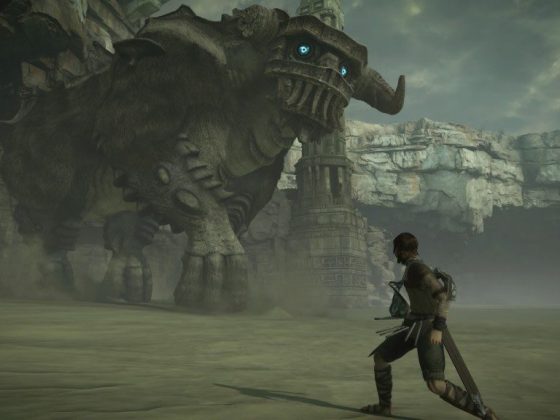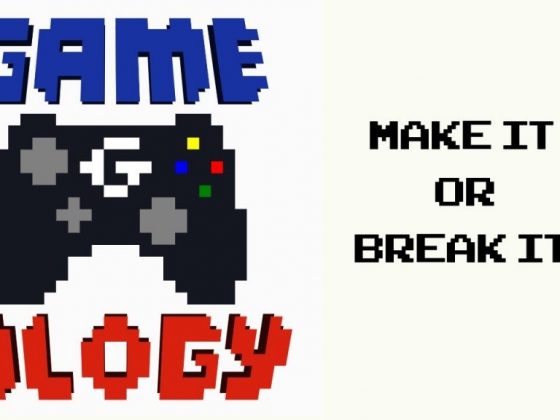The worst part of every board game is learning to play. The group is assembled and ready for fun, but before anything interesting can happen, we must all listen to someone explain far too many rules and blah blah blah. How can board game design combat this problem?
Intrigued by strategy and war games in our youth, a friend and I tried to play the classic Axis and Allies. Unfortunately, the textbook of rules and hefty play-set intimidated and confounded us. We never once played a game.
Video games have a huge advantage over their table-top brethren because they can perform all manner of complex calculations, stat-tracking, and even setup/cleanup.
We’ve also seen an evolution of tutorial in digital gaming. In the past, printed manuals were relied upon to explain controls or even provide a map. The modern age however, has embraced tutorial levels and placed all needed information on screen. Although I miss the great artwork and personality of a manual, this has been a useful progression.
Couldn’t board games learn from this?
Monopoly still relies on a manual, but it also does a great job of placing large amounts of info on the board or cards. Property cards display the prices for upgrades and the fee for landing on the square. Land on Chance or Community Chest? Pick up a card and do what it tells you. This allows the designers to tell a mini-story and provide a bit of color.

The best games, whether digital, board, or sport, provide simple guidelines that can be creatively applied in dynamic ways. Rocket League has far fewer buttons than most modern sports games, but the actions performed by experts are mind-blowing.
The social game Mafia/Werewolf has a simple core – find out who’s lying – but relies on the player interactions to provide the entertainment. It’s also scales well for advanced players that want additional roles beyond victims, killer, and game-master. The rules for each role can easily be printed on a card handed out for quick reference with very little explanation is required.
Strengths of the medium
Axis and Allies is a fantastic example of a game that is better suited for digital. The complex rules and number crunching are much better handled by a computer.
Board games have two main advantages: Player presence and physical items. The bargaining of Settlers of Catan and Monopoly is much more enjoyable when you can read an opponents reaction. Likewise, physically taking hard-won resources from an opponent is much more satisfying than seeing a digital number increase.
Future
Board-games may eventually be played on large tablets that incorporate the strengths of technology. Jackbox Party Pack is ahead of the game as it only requires the other participants to have a phone/tablet/computer.
Whether physical or digital, there should always be a place for games that bring people together, and make them hate one another for being poor losers and competitive jerks.






1 comment
Indie dev here! Our “Throne of Lies” online social deduction game is pretty complex. Real-life mafia games take ages to learn, esp. since we have 35 classes. BUT! Behold… the in-game Wikia! Just press TAB and access every class and what they do. You can even filter the complexity level that you see (new feat not shown in the GIF).
If you like what you see, check us out! We’re live on Kickstarter, already Greenlit! Google us if you want to throw a few bucks 🙂
https://uploads.disquscdn.com/images/cf3e045403897fe2490da6822596e87d1f846bef12234b8c3ab42a53b78fc640.gif